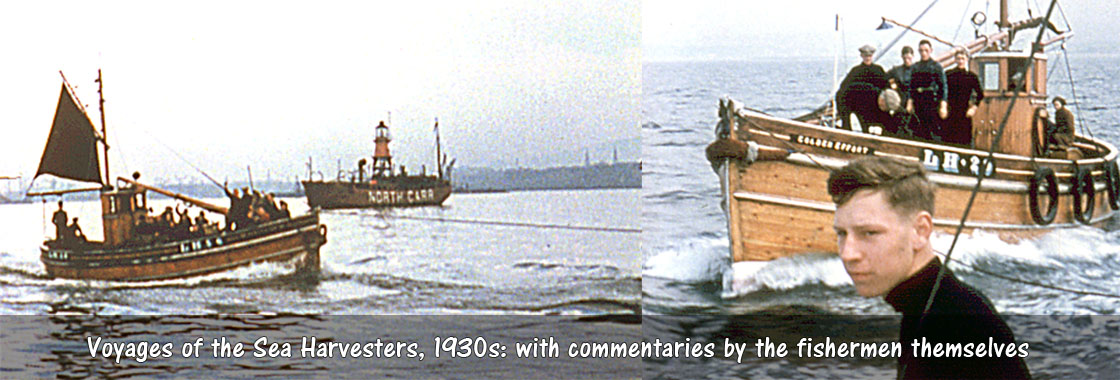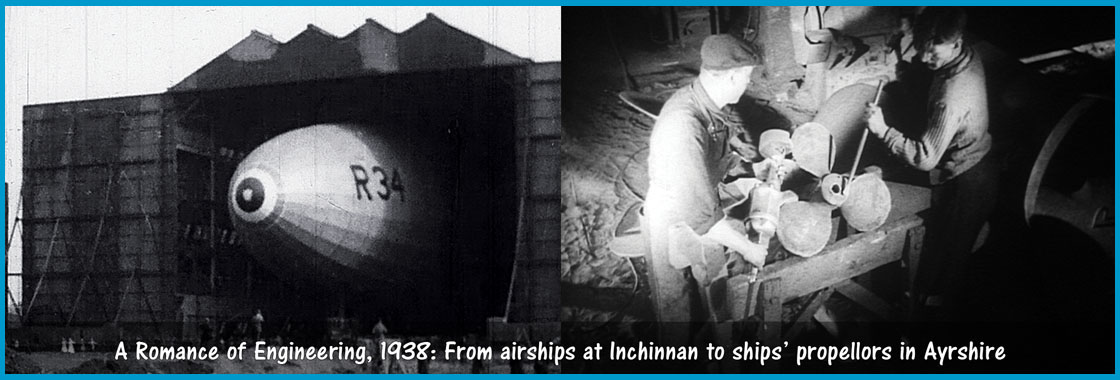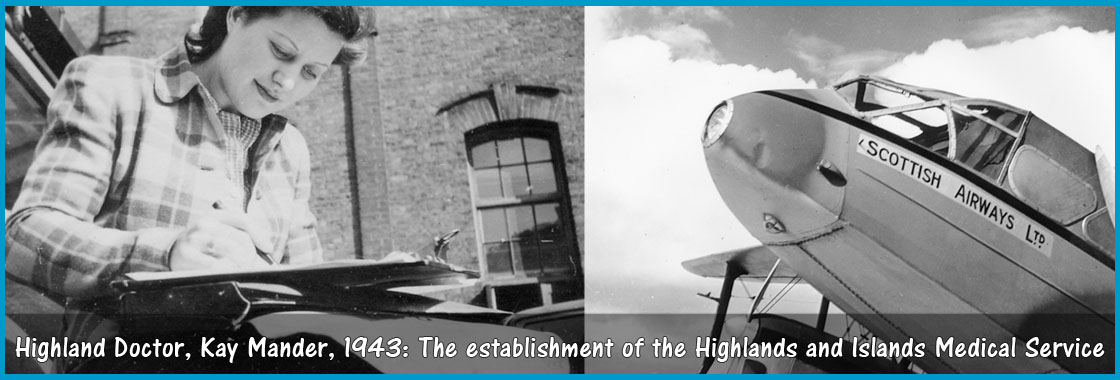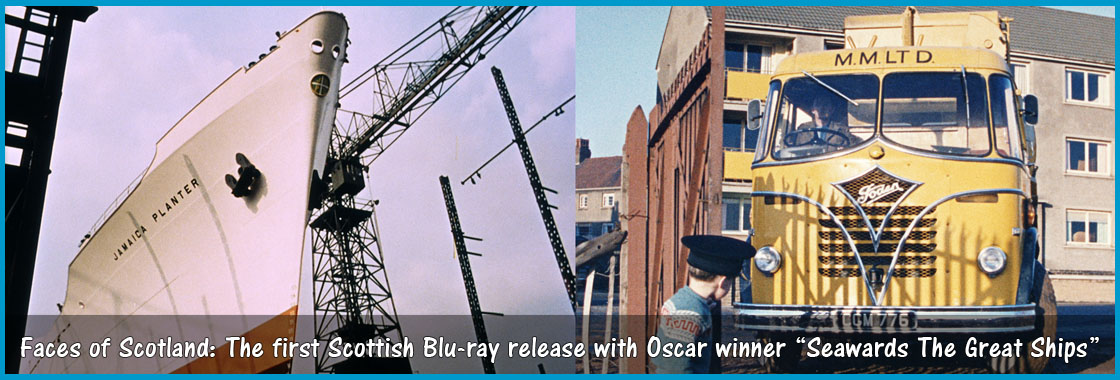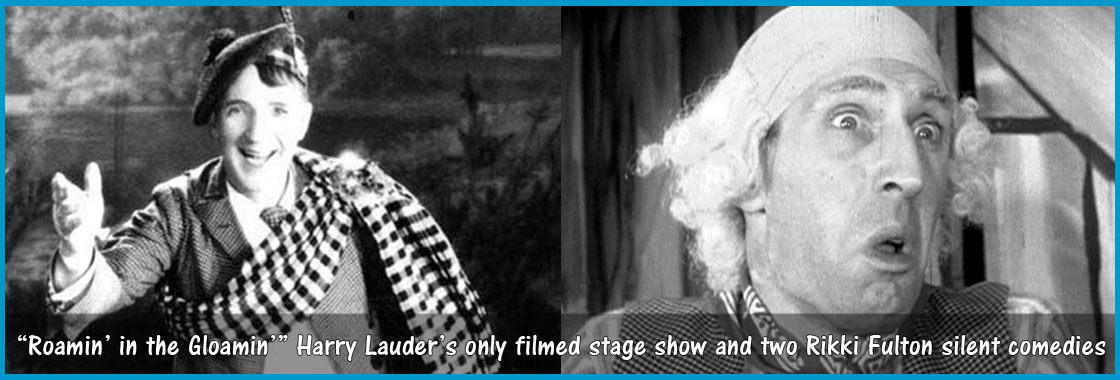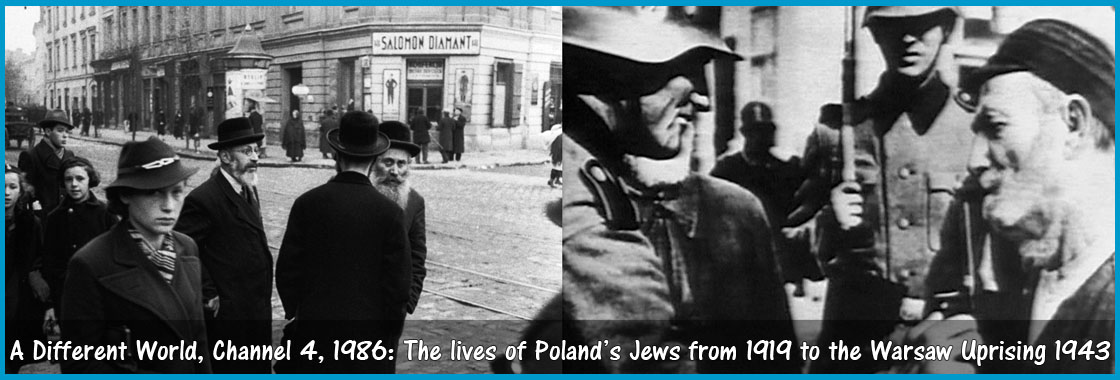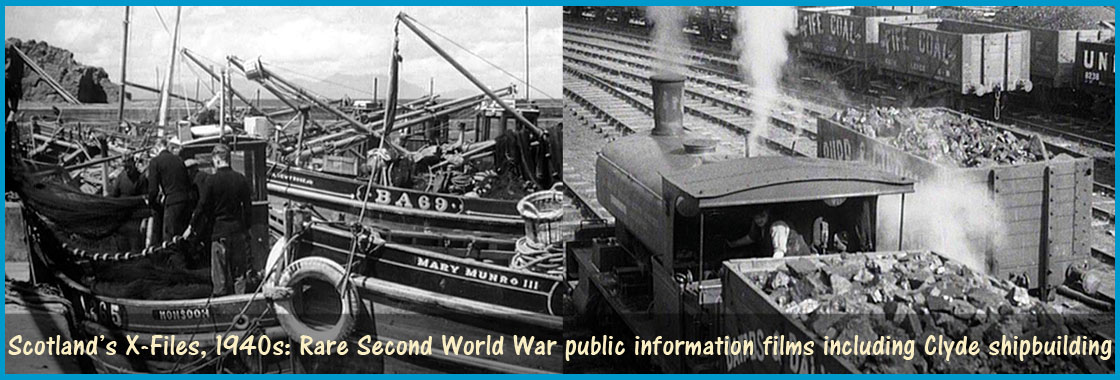Provenance of Panamint
This article was written for the University of Edinburgh's Graduates Association Journal in 2012 by Russell Cowe, owner of DVD and Blu-ray producer Panamint Cinema.
"Little do ye know your own blessedness; for to travel hopefully is a better thing than to arrive, and the true success is to labour" quoth Robert Louis Stevenson in Virginibus Puerisque, 1881.
Uncertainty and anticipation of the unknown is one of the joys of life, and this phrase could have been inscribed on my first nappies as I made my appearance in this world at Elsie Inglis Maternity Hospital on the fifth anniversary of Pearl Harbor. I was the progeny of a romantic encounter by my parents who met in Colombo, Ceylon and married there as the war ended. Dad was a corporal in the RAF and my mother a WREN. The shock of my grandparents when he arrived at Lady Menzies Place with his English bride was largely assuaged by their joy at his safe return.
My early years in a top flat in Wolseley Terrace are forgotten, but I have happy memories of life at 28 Royal Park Terrace. Our beloved St Margaret’s Loch was only minutes away, with a quick climb over the wall into The King’s Park. My pal Alistair and I spent most of the summer weeks there, much of it on the rowing boats – 1/6d per hour. We were like Oor Wullie and Soapy Soutar. (Alistair did not take kindly to the more apposite soubriquet “Fat Boab”.) Illicitly fishing for the “Queen’s Perch” with a line of cat gut, we were spied one day by our nemesis, the “Parky” and the loudspeaker cried out “Come in no 9”. We knew we were in for a clip on the ear, so Alistair and I rowed for the other side. The “Parky” was now in PC Murdoch mode and raced round the loch at full speed. We just reached the rocky banks a few yards ahead of him and ran to the sanctuary of St Antony’s Chapel, too steep a climb for our elderly foe, where we had an excellent view of our rowing boat drifting in the middle of the loch.
As often as we could the picture and theatre were our favourite family outings. The Regent and the Salon with my pals on Saturday, and often mid week with my Mum or Dad. My favourite was Dad’s half day on Tuesday. Lunch with my wee sister at The Playhouse, Patrick Thomson’s, Grant’s or the Brown Derby, where the owner, actor Moultrie Kelsall, was often maitre d’, and in the evening a trip just with Dad to the Regent, where he often sneaked me in to an ‘A’ film – maybe Leo Genn and Leo Gorcey in a scary Bowery Boys flick or Eddie Constantine as Peter Cheyney’s narcotics agent Lemmy Caution.
But Saturdays in the Salon basement cinema with four or five cartoons sandwiched between two B-westerns bring back my fondest memories. The thrill of rolling bangers from the back stalls and betting at which row they would explode was mesmerising. The long suffering usherettes would flash their torches in fury and confusion, not sure whether the culprits were Audie Murphy, Rory Calhoun or the Royal Park Terrace gang.
Several years ago my curiosity about the B-westerns of the 1930s and 1940s was awakened by the purchase of Phil Hardy’s Western Encyclopaedia, and after some research I started to release some rare titles on VHS video, just as a hobby.
Then another infamous act of aerial warfare, two years before Pearl Harbor, together with my fondness for westerns, was to bring a total change in my life and business affairs.
In 1998, I found myself President of the South Queensferry Rotary Club and with the millennium imminent decided to embark on a special project to raise funds for a new Scout Hall at Port Edgar. The question was “How would Captain Mainwaring approach this?”. An encounter in my local with Ronnie Finlayson, head of history at Queensferry High School provided the answer. Useful places pubs. I had met Ronnie when he asked me to stand for election to the school board a few years earlier, and he told me of a film made by the GPO Film Unit about the deployment of barrage balloons around the Forth Estuary in the wake of the Luftwaffe’s attack on Rosyth Naval Base in October 1939. “Wouldn’t this made a good video to sell for the Scout Hall project?” he asked. Ronnie duly produced a video copy of a television broadcast, but with opening titles missing.
After a few telephone calls aided by the British Film Institute’s Handbook, I tracked down the film, “Squadron 992” directed by Edinburgh-born Harry Watt, to the Imperial War Museum Film Archive. The curator, Jane Fish, with whom I still do the odd project, generously granted the Rotary Club a licence to produce the film on video for a nominal fee, and our millennium project was underway.
A year or so later, in 2000, the British Board of Film Classification sent me an invitation (as a result of having classified several B-westerns) to a presentation at the Lumiere Cinema, an open event for public and trade alike.
During the interval I became engaged in conversation with John Gray a retired producer from BBC Scotland, and mentioned “Squadron 992”. To my astonishment he told me that from 1937 to 1939 he had been a sound engineer with the GPO Film Unit. John then went on to describe “West Highland” a film about the last days of steam on the West Highland railway, which he made for BBC Scotland in 1960. A few weeks later he showed me the film at his flat in Stockbridge and asked me if I’d be interested in producing a video release. John was rightly proud of this wonderful film which he had made in the style of, and as a tribute to, the GPO’s classic “Night Mail”. Twelve months later in the centenary year of the opening of the extension of the West Highland line to Mallaig, the video was released. We had a premiere at the Filmhouse, which Scotrail and the press attended and this chance release turned a hobby into a full-time business. Characteristically, John, still a busy man and then in his 80’s, did not attend as he was called away to an urgent meeting in London, so I presented his address to the gathered audience. John and I became close friends and later in 2001, I took him on a two day trip on the Jacobite steam train to Fort William and Glenfinnan during the West Highland Rail Festival. We arranged a showing of the film, and John spent much of the railway trip signing autographs and videos. John died in December 2006.
The publicity generated by “West Highland” made me realise there was demand for a company to produce video and later DVDs and Blu-rays of archive documentary material and I gradually established contacts with the nation’s film archives and many independent film makers. Our catalogue now contains over 70 titles.
The uncertainty and anticipation of the future still goes on. Last October I was invited by the eminent documentary filmmaker Martin Smith, who assisted Bill Clinton in the establishment of the US Holocaust Memorial Museum in Washington, to produce a DVD of two films from “The Struggles for Poland “ series shown on Channel 4 in 1987. “A Different World” describes Jewish life in Poland from 1919 to the Warsaw Ghetto Uprising in 1943. I’d worked with Martin before on “The Terrible Price” (BBC2 Wales), published in 2004, to commemorate another 70th anniversary, the 1934 Gresford (near Wrexham) Mining Disaster in which 266 men lost their lives.
Some of Panamint Cinema’s many highlights of the past twelve years have been:
Night Mail & West Highland DVD. The first release of “Night Mail” and a tribute to the work of John Gray.
Voyages of the Sea Harvesters produced in 2003 with my friend and colleague Ken Neil. Archive films of Scotland’s drifter and trawler fleets with interviews with veteran fishermen recorded by Ken.
A Romance of Engineering (2008). A collection of promotional films made by documentary auteur Stanley L Russell, celebrating Scotland's iron and steel industries. The title film was made at William Beardmore's forge in Parkhead and shown at the 1938 Empire Exhibition in Glasgow.
One Continuous Take – The Kay Mander Film Book (2010). A 2-disc retrospective of the last survivor of the British Documentary Film Movement with a booklet with biographical and viewing notes. Kay will be 98 this year and now lives in a nursing home in Castle Douglas. This was the first time any of the many British documentary filmmakers has had a dedicated DVD release.
Faces of Scotland (2010). The first Blu-ray high definition disc to be released in Scotland, and the first Blu-ray in Britain featuring classic archive documentary films.
Roamin’ in the Gloamin’ (2011). Sir Harry Lauder’s only filmed stage performance from 1931 and two recently discovered comedies by Rikki Fulton.
West Highland (2012). A re-release of John Gray’s film with three other films about the lines of the West Highlands. The definitive West Highland railway DVD.
A Different World & Messenger from Poland (2013). Jewish life in Poland form 1919 to 1943. Released to commemorate the 70th anniversary of the Warsaw Ghetto Uprising in April 1943.
The release of vintage B-movies still continues with Crashing Thru – Sergeant Renfrew of the Royal Mounted from 1939, and Son of the Navy – Jean Parker 1940.
My next project, provisionally entitled Scotland’s X-Files comprises rare and unseen propaganda films from World War II, garnered from the vaults of the Imperial War Museum Film Archive.
I now plan to retire on the anniversary of Pearl Harbor!
Russell Cowe, Panamint Cinema
